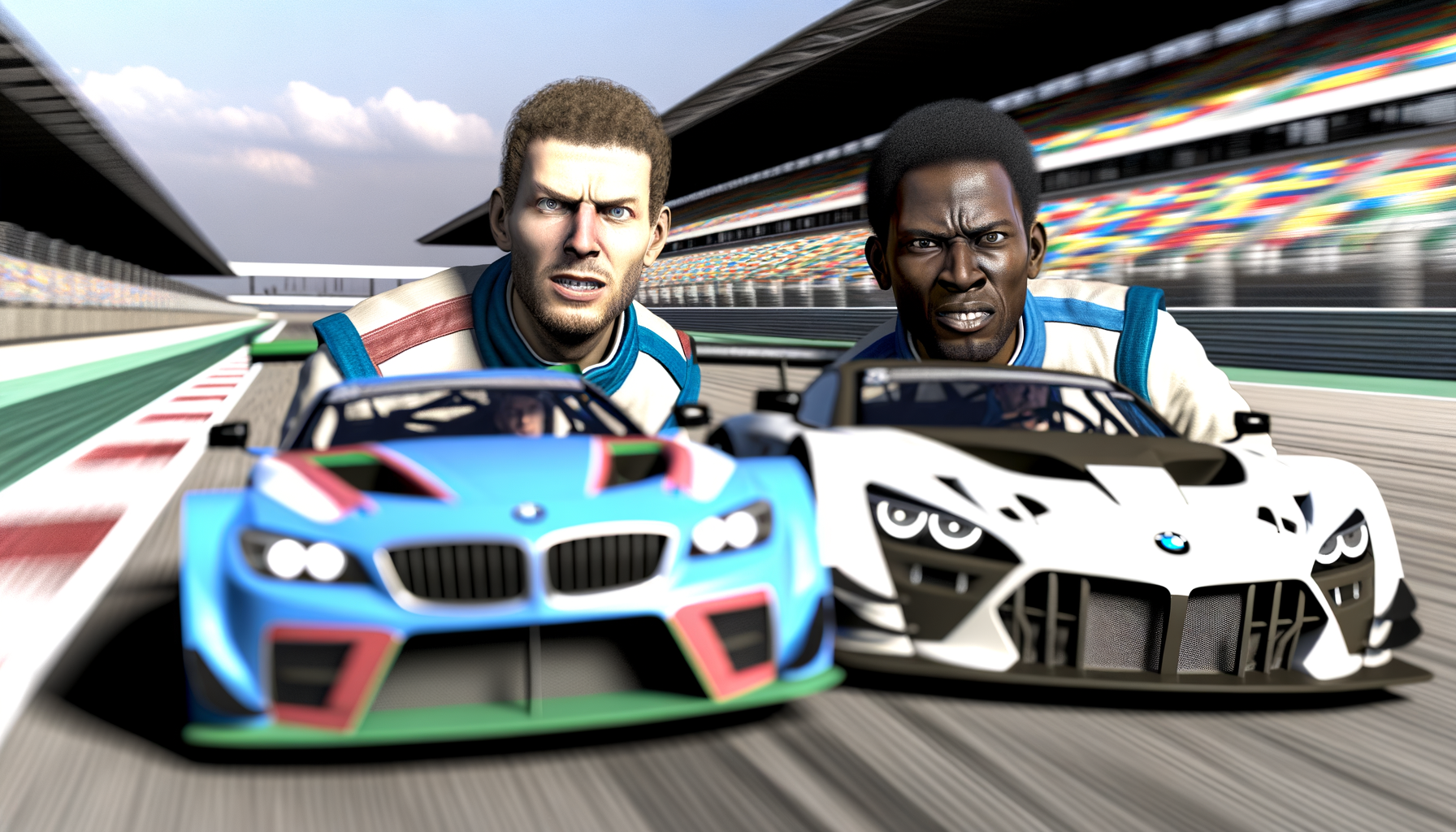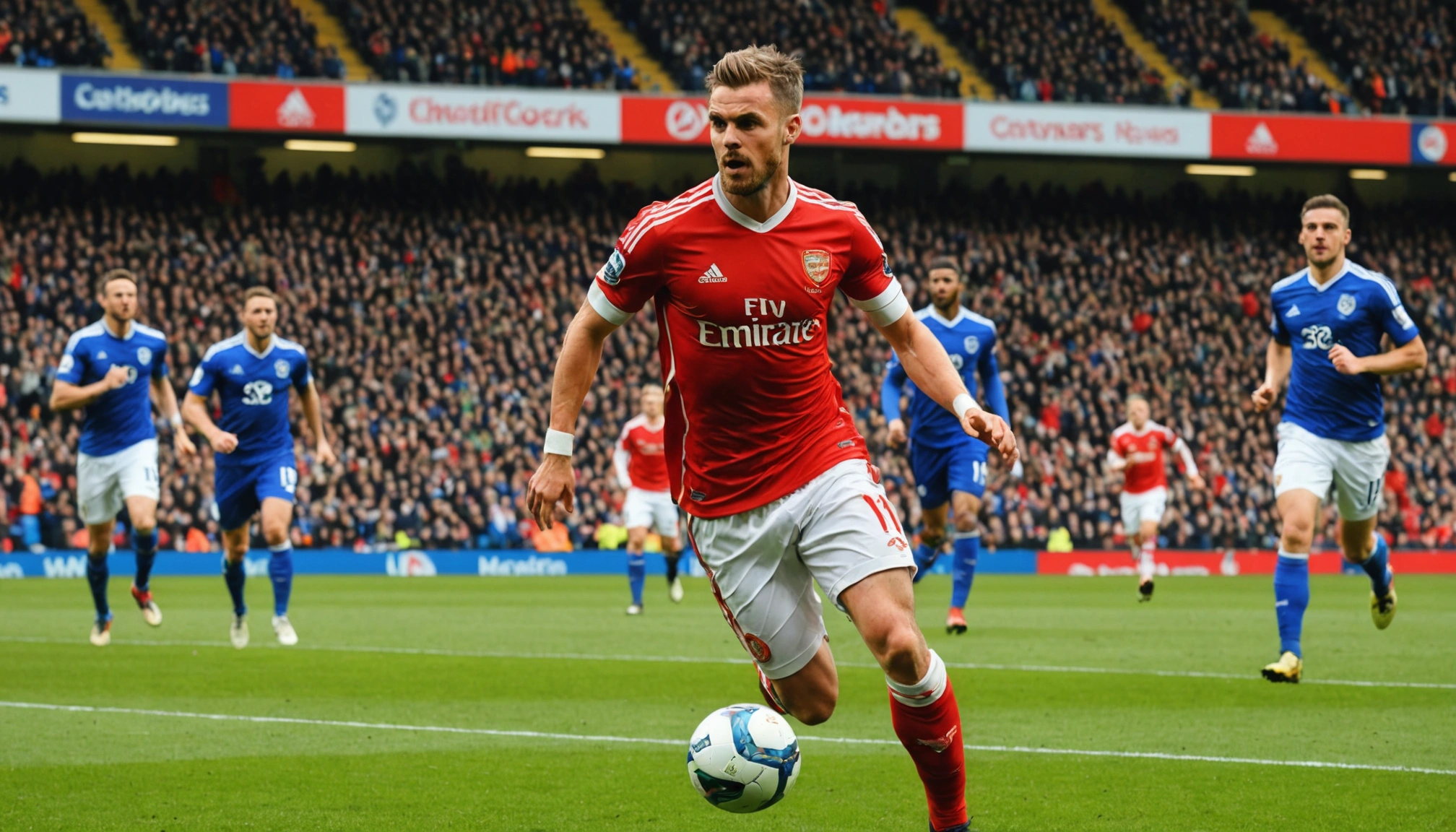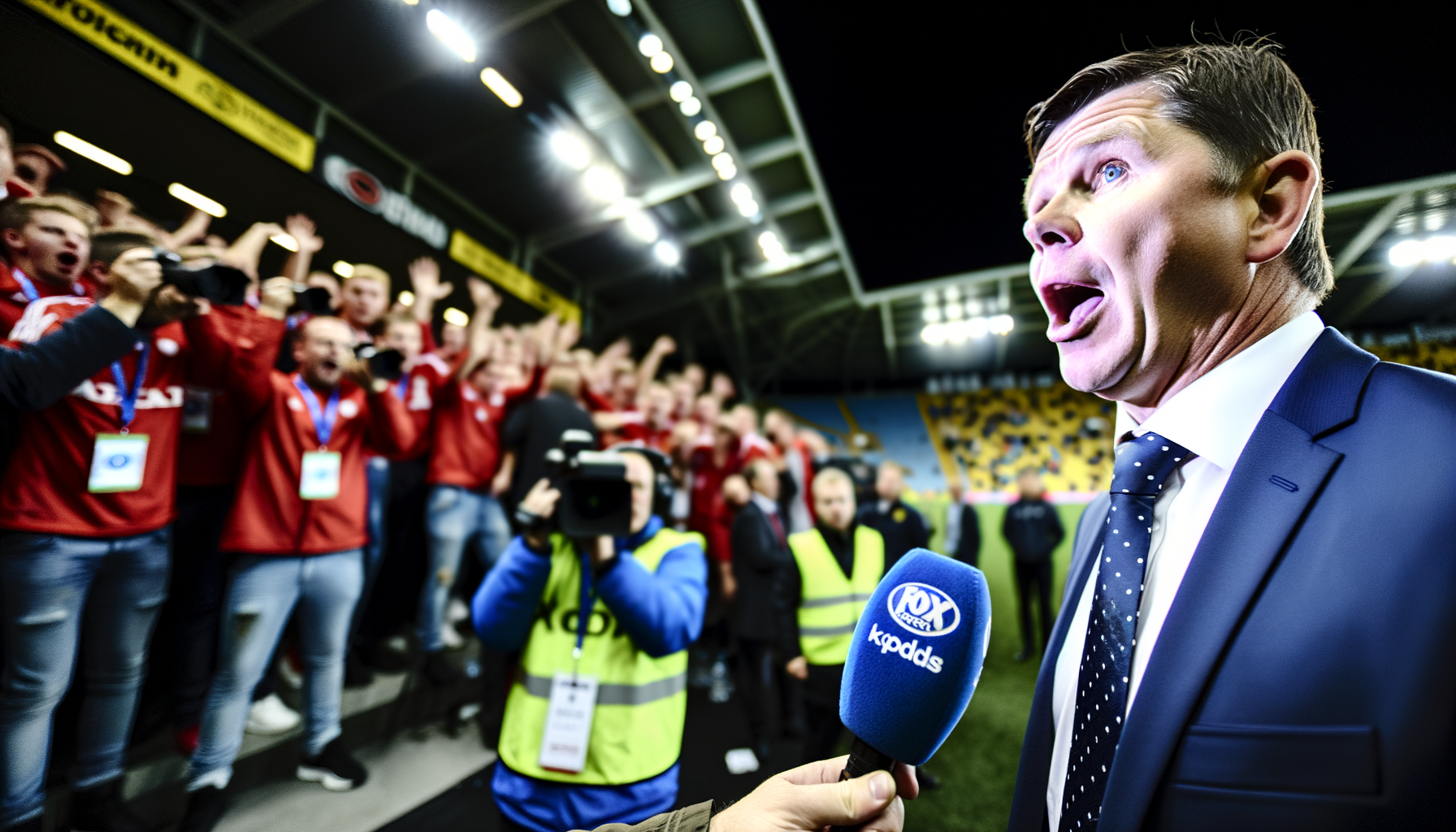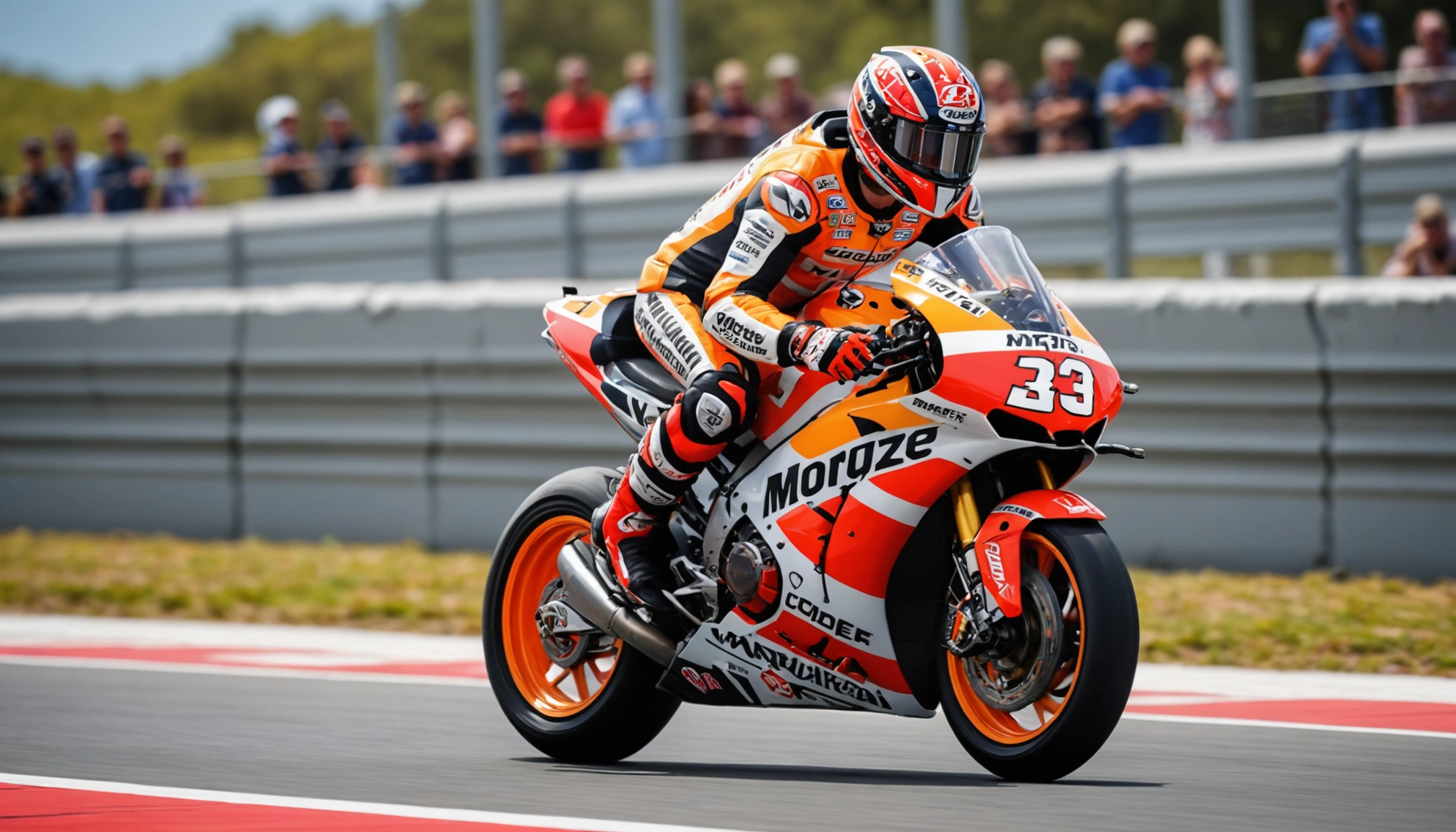Why It Took Six Days For Denny Hamlin And Bubba Wallace To Talk Kansas
Explore why it took six days for NASCAR drivers Denny Hamlin and Bubba Wallace to discuss the Kansas race, revealing insights into driver dynamics and race pressures.

By Editorial
The background of the Kansas race incident
In the high-octane world of NASCAR, tensions often run as fast as the cars themselves. The recent Kansas Speedway race saw two prominent drivers, Denny Hamlin and Bubba Wallace, involved in an incident that sparked heated emotions. Surprisingly, it took nearly six days before the pair publicly addressed the situation. Understanding the reasons behind this delay offers a fascinating glimpse into the pressures and protocols within professional motorsport.
What happened on the track at Kansas?
During the race, a close-quarter manoeuvre between Hamlin and Wallace led to contact that affected both drivers' performances. Such incidents are not unusual given the aggressive racing style at Kansas Speedway, where drafting and precise timing are crucial. However, the collision had notable consequences, with both drivers expressing frustration post-race but withholding immediate public comments on each other.
Details of the collision and immediate aftermath
Hamlin, known for his calculated driving approach, was attempting to maintain position when Wallace made a move that led to slight contact. This forced Hamlin off his preferred racing line and resulted in lost momentum. Wallace, on the other hand, felt crowded and claimed that Hamlin's reaction was overly defensive. Despite these tensions, both drivers refrained from direct confrontation initially, opting instead to process the event privately.
Why the six-day delay in communication?
The delay in Hamlin and Wallace discussing the incident stems from multiple factors. Primarily, the intense schedule of the NASCAR Cup Series leaves limited time for drivers to decompress. Additionally, teams often advise drivers to avoid public disputes immediately after races to prevent escalating tensions.
The role of team strategy and media management
Both drivers’ teams played a crucial role in managing the aftermath. They encouraged Hamlin and Wallace to focus on upcoming races rather than fuel media speculation. Moreover, the six-day gap allowed both drivers to analyse the incident thoroughly, consult with their crews, and approach the conversation with a clearer perspective rather than reacting emotionally.
The importance of driver relations in NASCAR
Driver dynamics are pivotal in NASCAR, where on-track rivalries can impact not only individual results but overall championship standings. Maintaining professional respect is essential despite fierce competition. The eventual dialogue between Hamlin and Wallace at Kansas demonstrated maturity and mutual understanding, reflecting broader trends in how drivers handle conflicts.
Examples from previous NASCAR incidents
Historically, drivers like Jeff Gordon and Tony Stewart have shown how conflicts evolve from initial sparks to productive discussions that enhance racing etiquette. This approach contrasts with more volatile disputes seen in earlier decades. The Hamlin-Wallace scenario fits within this modern framework, where patience and communication are valued.
What this means for future races at Kansas and beyond
The resolution between Hamlin and Wallace sets a positive precedent. It emphasises that even in high-pressure environments, taking time to reflect before responding can lead to better outcomes. For fans and commentators, this is a reminder that the drama of NASCAR extends beyond the track and involves complex human interactions.
Looking forward, both drivers are expected to bring this newfound understanding into their future encounters, potentially leading to cleaner racing and enhanced sportsmanship. Fans interested in broader sports rivalries might also appreciate insights from other sports debates, such as the Michael Owen vs Wayne Rooney teenage goal scoring debate, which similarly highlights the importance of timing and perspective in sports discussions.
The wider impact on NASCAR’s public image
Incidents like the one at Kansas and their subsequent resolution influence how NASCAR is perceived globally. The sport thrives on passion and rivalry but also on professionalism. By handling disputes thoughtfully, drivers contribute to a more respectful image, appealing to a broader audience beyond traditional fans.
Media coverage and fan reactions
Media outlets have praised Hamlin and Wallace for their mature handling of the incident. Social media conversations reflected mixed emotions initially but gradually shifted towards admiration for their eventual dialogue. This evolution demonstrates how patience and communication positively affect fan engagement.
Conclusion: Lessons from the Hamlin-Wallace Kansas exchange
The six-day wait before Hamlin and Wallace spoke about their Kansas incident underscores the complexity of driver interactions in NASCAR. It reveals how strategic communication, team influence, and personal reflection shape the sport's competitive spirit. As NASCAR continues to grow, such examples of professionalism will become increasingly important.
For those keen to follow comprehensive sports updates and analyses, Sportsscoop.co.uk offers extensive coverage, including features like the Europe’s least changed Ryder Cup team aims for historic win and the comprehensive cricket scores and fixtures guide for September 2025. These insights provide valuable context on how athletes across sports manage pressure and competition.
Related topics
Editorial
Sports expert at SportsScoop
Specialist in sports analysis and journalism
Related articles
Want to read more?
Explore our comprehensive collection of sports articles and analysis, or contact us for more information.



